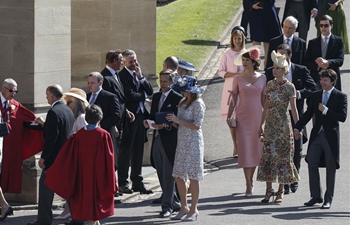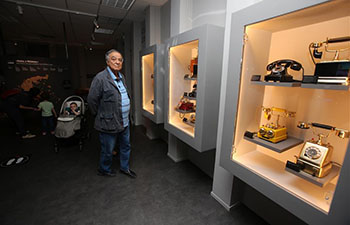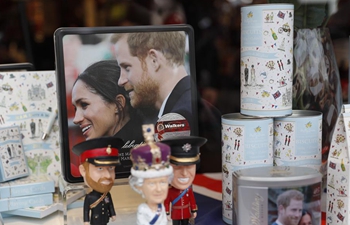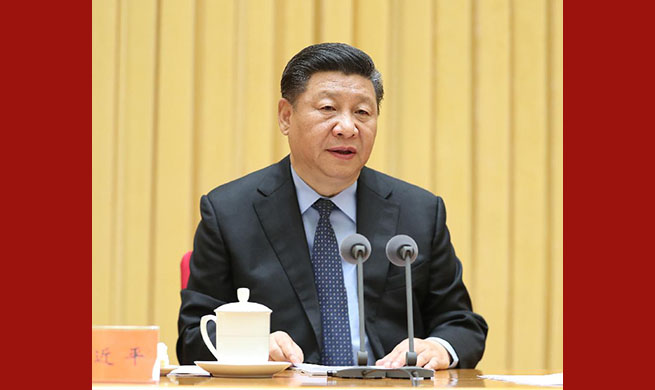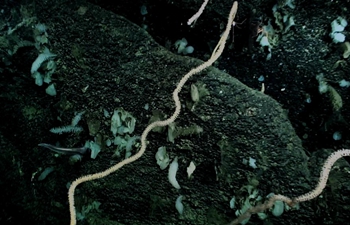WASHINGTON, May 19 (Xinhua) -- American surgeons are developing a new tool that can detect urine blockage, potentially making it easier for patients to test themselves for the condition from the comfort of their own homes.
The study, as reported in the on-going three-day American Urological Association annual meeting in San Francisco, may one day allow patients to use their smartphones to record the data necessary to diagnose the blockage.
Urethral strictures are a slowing or blocking of the natural flow of urine due to an injury or infection. The uncomfortable condition, which affects both men and women, normally is diagnosed with uroflowmetry, a test administered at a physician's office.
"The problem is that patient follow-up after we treat this condition is very poor," said Matthew Gretzer, an associate professor of surgery in University of Arizona. "But we need patients to come back to our clinic for a uroflow test to determine if the obstruction is still present."
A normal uroflow test measures the amount of urine passed, its speed and the time it takes to pass the urine. Patients take this test using a toilet or urinal that's fitted with a special measuring device that records this data.
Gretzer's team hypothesized that a technique to bypass this tool could be high-speed photography.
Photos, he thought, could capture subtle differences between a normal steady stream of liquid and a stream of liquid with an obstruction.
The team created a model of a urethral stricture using tubing hooked to a saline bag that could drain through. Then, saline fluid was passed through the tubing with and without blockages.
Blockages were created using 3D printed strictures that were placed within the tubing. High-speed photography captured both the regular and blocked stream of liquid exiting the tube.
"We showed that you can see a difference in the images," Gretzer said. "Photos can be used to test for urethral strictures."
As fluid exits an opening, a natural breakpoint occurs where the liquid stream forms droplets. But with obstructions in place, this breakpoint changes.
The team found that by analyzing photos, they could measure the length to this point of droplet formation. This length then directly related to the presence of an obstruction in the tube.
The team's next step is to test high-speed photography's accuracy in patients with actual urethral strictures.
Photos will be captured before and after a surgical repair known as urethroplasty.
Once clinical studies confirm the hypothesis, Gretzer planned to create an app that patients can download on their phones.
"All patients would need to do is take high-speed images of their urine flow using a strobe light," Gretzer said. "Strobe light apps are readily available right now for people to use on their phones."
Gretzer envisioned people sending him these images to analyze and make the diagnosis. But the team also may develop an algorithm that can make the diagnosis within the app itself.




